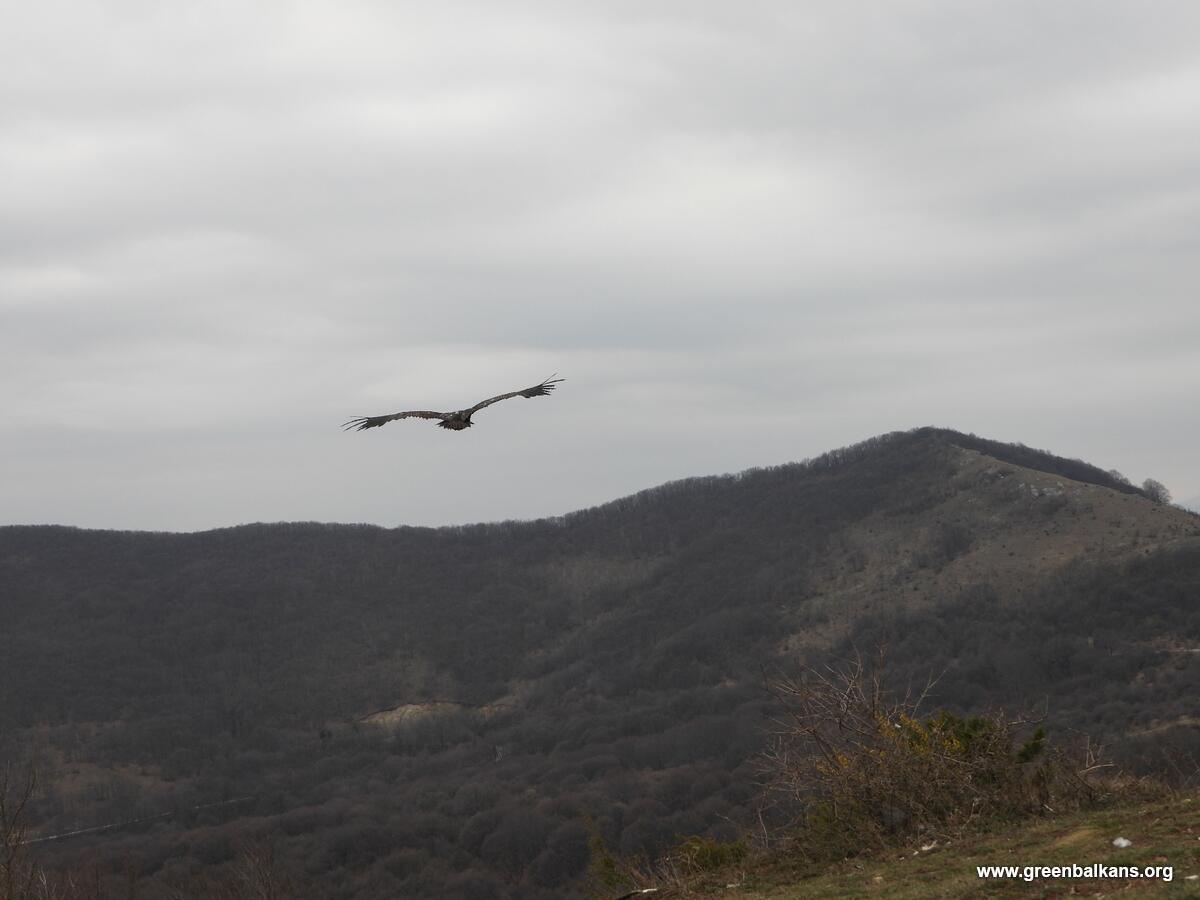Ideally, all scavenger species, including vultures, should survive based primarily on natural prey sources, and not be dependent on supplementary feeding, particularly on the so called vulture feeding stations.
This is indeed the VCF approach to vulture conservation, and wherever possible we promote natural feeding. However, human-mediated feeding can be a highly effective management tool for threatened wildlife, and thus could be used in specific contexts, with certain species – but there are some pitfalls too. For example, it has been established that supplementary feeding of bearded vultures in the Pyrenees can generate positive effects on survival rates of pre-adult populations but at the same time may cause concentrations of individuals around the feeding sites, which results in intraspecific interactions that can negatively impact productivity of breeding pairs located close to the feeding sites
Crucially, the type of management of the feeding site is extremely important. Many of the current vultures feeding stations seem to benefit mostly the commoner griffon vultures, which monopolizes the highest proportion of food resources at carcasses.
It is thus very important to understand the key factors at play at supplementary feeding sites – so a new paper discussing species and age-groups preferences at supplementary feeding sites is extremely welcome.
Moreno-Opo et al. have analysed carrion inputs at different locations in the Iberian Peninsula (home of .90% of European vultures) through detailed videomonitoring, and assessed how weather, time, demography, management and alternative food availability influenced the occurrence patterns of different age-classes of vultures at feeding sites.
They concluded that the most threatened and less gregarious species (bearded vulture Gypaetus barbatus and Egyptian vulture Neophron percnopterus) attended to earlier inputs, thus reducing interspecific competition with the Eurasian griffon vulture Gyps fulvus. The bearded vulture selected larger biomass supplies at feeding sites during the chick-rearing period, while the Egyptian vulture preferred frequent and abundant inputs.
Non-adult cinereous vultures Aegypius monachus were more abundant at times of lower abundance of natural resources and in the densest networks of feeding sites, while adults preferentially attended sites with periodic inputs close to breeding colonies in areas with lower availability of other natural prey.
Finally, the Eurasian griffon vulture showed a preference for continued and periodic inputs, and for feeding sites with numerous other feeding sites in the surroundings.
In short, the authors concluded that if we aim to favor those species with the more unfavorable status, and thus reduce the presence of lower priority species from a conservation perspective (i.e., griffon vulture), carrion should be provided at earlier hours and in moderate amounts throughout the year. In the case of the Egyptian vulture, which is the only vulture still declining across Europe, it is additionally important to ensure frequent carrion inputs with a greater biomass
For the bearded vulture, food should be provided mainly during the chick-rearing period on a periodic and frequent basis so as to improve its breeding performance. Inputs outside of this season should be curbed as they mainly favor the concentration of non-adult birds, thus affecting the dispersal behavior and occupation of new territories in peripheral locations to the current range. Finally, feeding sites for cinereous vultures should be located next to breeding colonies to encourage their use by adults.
You can download the paper below.
(Photo by Bruno Berthemy -VCF)
![]() Optimization of supplementary feeding programs for vultures Moreno-Opo et al 2015 Ecosphere.pdf Adobe Acrobat Document 1.3 MB Download
Optimization of supplementary feeding programs for vultures Moreno-Opo et al 2015 Ecosphere.pdf Adobe Acrobat Document 1.3 MB Download



